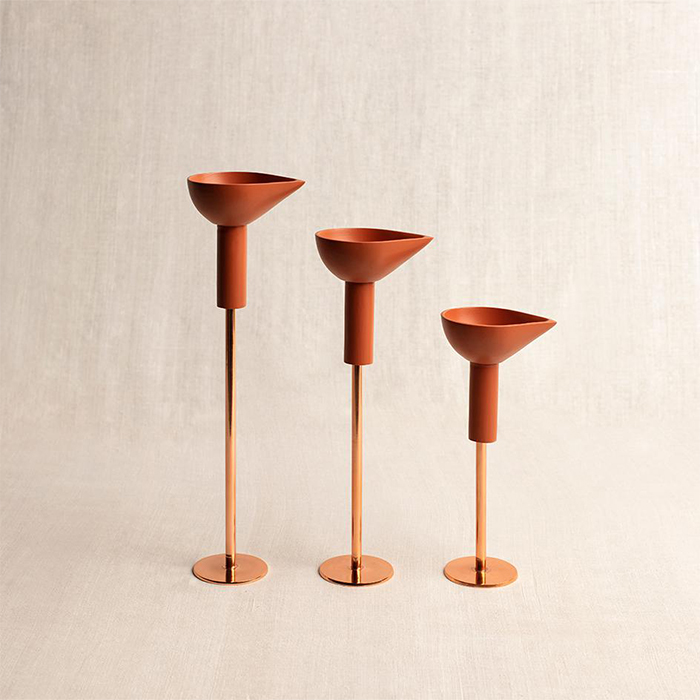Interview: Odile Decq
The Maison & Objet’s Designer of the Year on her rock’n’roll attitude and transitioning from architecture to design


Each year Maison & Objet awards a Designer of the Year and the 2013 edition celebrates French designer Odile Decq. Decq’s work as an architect and urban planner is well known and has received international recognition with such prizes as the Golden Lion at the 1996 Venice Biennale. In addition to her very distinct and definite building achievements—like the Museum of Contemporary Art in Rome (MACRO) or the (Phantom) L’Opéra restaurant in Paris’ Palais Garnier—Decq took to designing smaller items. This transition began with pieces of furniture (including Confident seats for the UNESCO headquarters, a Javelot lamp and a Petale lamp for MACRO) and tableware (knives, door handles and the elegant Alice tray for Alessi) about 10 years ago.
Recently, Decq embarked upon a trial of pure artistic practice. Her third exhibition at Galerie Polaris in Paris opened to the public on 6 September 2013. Faithful to her rock’n’roll attitude, she maintains a liberated approach, questioning her art and know-how. This translates clearly into her achievements. CH spoke with her about her unique style breaking new ground at this year’s Maison & Objet show.

Your achievements belong to a personal and recognizable universe of colors—black and white dominating—and shapes characterized by constant disruption. Far from being aggressive or violent, these sensual forms are all dynamic and friendly, showing the perspective and accompanying the view. Can you explain how this relates to your work?
Each project is—and must remain—an adventure. I try to keep being in a position to take what is offered to me, to cope with what happens. I dislike symmetry and statism. I think that life is movement and energy. This is translated into the style you describe.
As for the colors, black has been my color for a very long time. For me, it is the neutral color. But it is also full of potential meanings: Black was the color of the British gentlemen in the 18th century, Coco Chanel invented the little black dress, black is the color of the clergymen suits, but it is also the color of the rebels, the anarchists, of the revolution and it is the rock’n’roll color. Red—the shiny bright red that I use—appears to contrast with the black by bringing life into the ensemble.
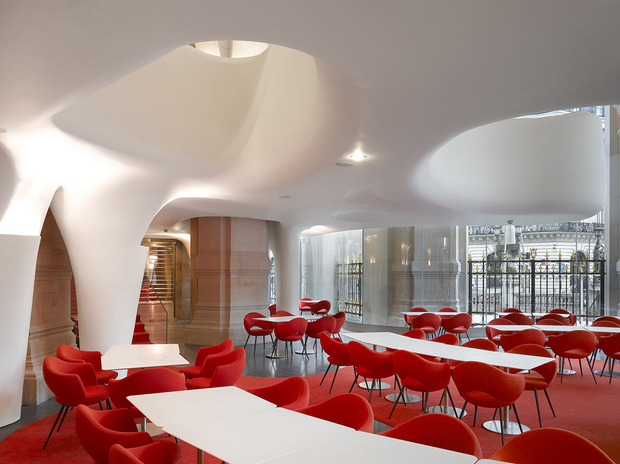
Your personal look is definitely rock’n’roll. Does that classic rock’n’roll attitude translate into your work?
Yes indeed. It is an approach which consists in questioning things before positioning. It consists of refusing to follow the mainstream and in opening space and possibility to think different. Of course it irrigates my work. Firstly in the process: When I start a project I do lots of research—I question the site and the client’s will, and my attitude is really to cast doubt on everything so that I end up pointing out contradictions. When I reach the contradiction points—this is where I like to work; this is what I’m interested in digging, and this is the ground on which I can conceive a project. My approach consists of searching, digging, going always further, pushing the limits somehow. Then, of course it is obvious in the achievements. I try to introduce disrupted lines to prepare visual or sensitive surprises and dynamics.
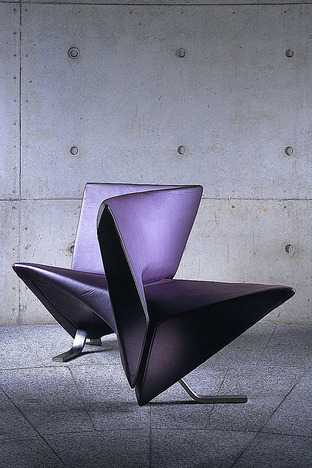
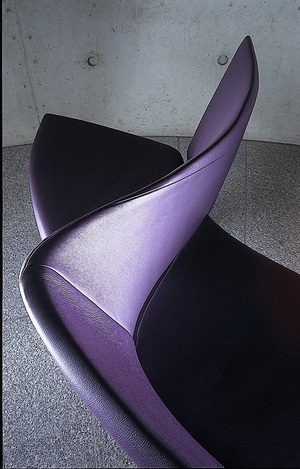
You started designing objects recently. How do you switch from architecture to design? Is that a question of scale or of new interest?
Yes indeed, the scale change is particularly impressive. The first time I designed a chair, I got into research and experiments according to my usual process. At the end, when I saw the prototype, it looked so small to me that I thought I could hardly sit on it. But I did, and it was comfortable. What I’m interested in when conceiving objects, is the physical aspect, the proximity with the body. I go through real physical tests, like when I had to design door handles, I made experiments with modeling clay. Also with objects, the feeling of textures and materials is different from the way they are experienced in a house or a building. For me it is a rich experience and, in return, I take advantage of it to improve my architectural work. I take new questions into account.

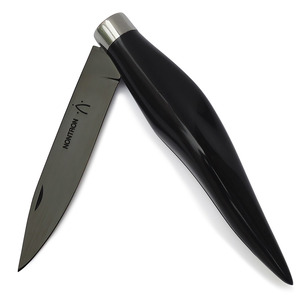
As far as you are concerned, what are the criteria or conditions which make the success of an object?
For me the first thing is the aesthetic. The object has to surprise me, to attract me because of its unusual positioning. Then it has to be adapted to its purpose.
Look at this Alice tray I designed for Alessi: It looks rectangular, but it is actually a play with two rectangular forms, slotted together in a way that breaks the visual balance and introduces a dynamic. But above the look of the object, what is interesting is that this design induces a particular gesture when sizing the tray and in the movement of serving, which, thanks to the asymmetric sizable sides, is rounder and much more inviting and friendly. Designing objects gives the opportunity to experiment with new materials and new technologies. I like it when it leads to inventing a new approach of seeing the objects.
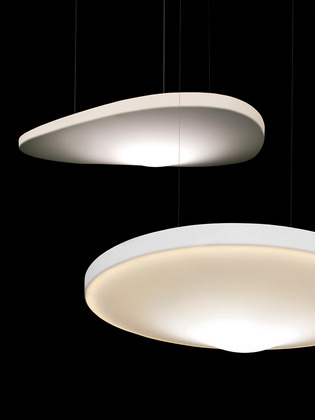

Could you tell us what you see as the main forthcoming tendencies in the housing field?
As far as I’m concerned, the biggest change deals with, on one hand, the new ways of lives, the new inhabiting habits; the fact that people no longer want regular, separated rooms. On the contrary, they feel like doing everything in the same wide open space where all their activities can take place. They become nomads in their own houses. But as space is expensive it is also small, so we, as designers, need to imagine new facilities like foldable, removable pieces of furniture and transforming spaces. This is an exciting opportunity for creation. Everything needs more flexibility and skills for adaptability. On the other hand, the outburst of new technologies in the house is a revolution which will completely modify the way people are going to use their homes since they can be connected with it as a base which can be remote controlled. This will have important impacts.
Yesterday was the opening of your new exhibition at Galerie Polaris in Paris. How does this practice of pure art take place in your work and whole approach?
I didn’t really think of stepping into the art field. This happened to me because I was asked by the owner of the gallery to make an exhibition there. In fact, introducing myself in the artistic practice is an opportunity to think my whole work over and to come back to the origins of the usual concepts I constantly work with. For instance, I questioned balance and dynamic, perspective and visual disturbances, the feeling of the body in the space, etc. For example, in the current exhibition at Polaris, there is a huge black triangle. The triangle is my favorite figure because it is the most related to instability and destabilization. Therefore it is highly subject to movement. It is at the image of the small bone that we have in the ear, on which perceptions our whole physical balance relies.
Portrait image courtesy of Yann Monel, Opera restaurant image courtesy of Roland Halbe, all others by Grégoire Sevaz
